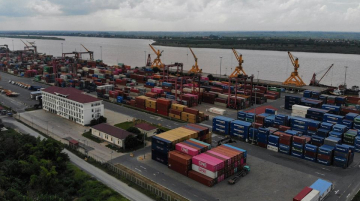U.S. President-elect Donald Trump’s proposal to introduce sweeping tariffs poses significant economic challenges for economies in Southeast Asia. The region could become a battleground for redirected Chinese exports, flooding local markets and disrupting industries. At the same time, trade imbalances, protectionist measures, and deficits add to the complexity.
As Southeast Asia faces growing economic uncertainty, Trump’s return to office could cause major disruption. If his proposed tariffs, ranging from 10% to 20% on all imports and as much as 60% on some Chinese products, are implemented, they could profoundly impact regional economies. Such tariffs would disrupt trade flows, especially with Southeast Asia, and alter the region’s economic course.








